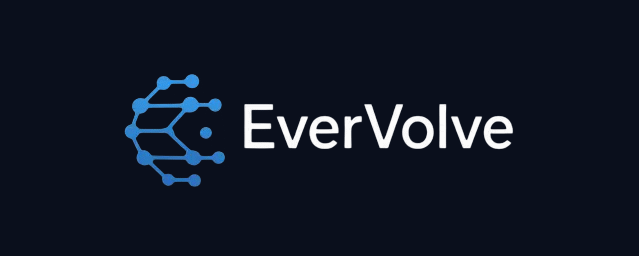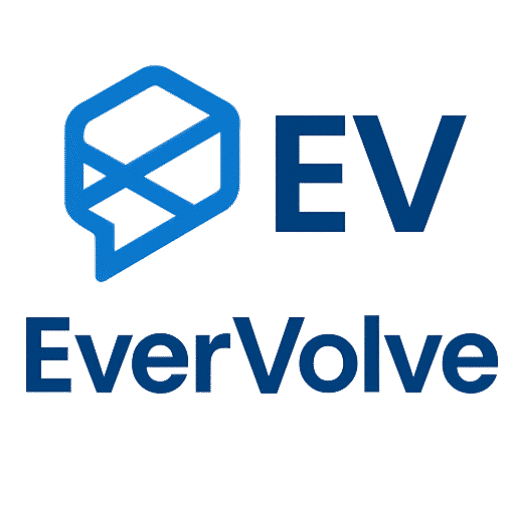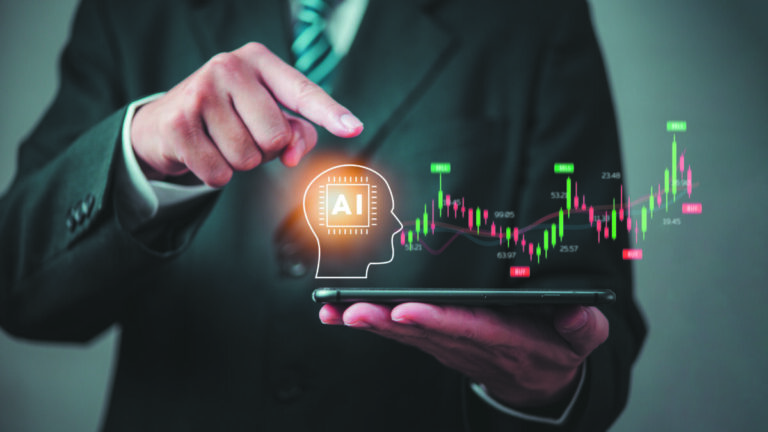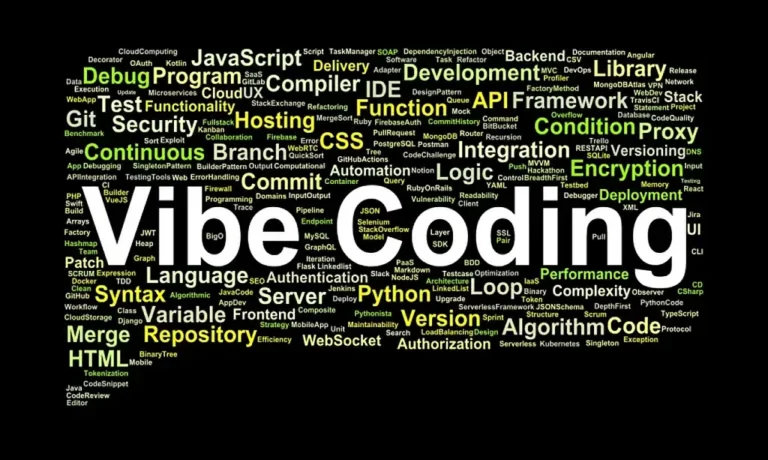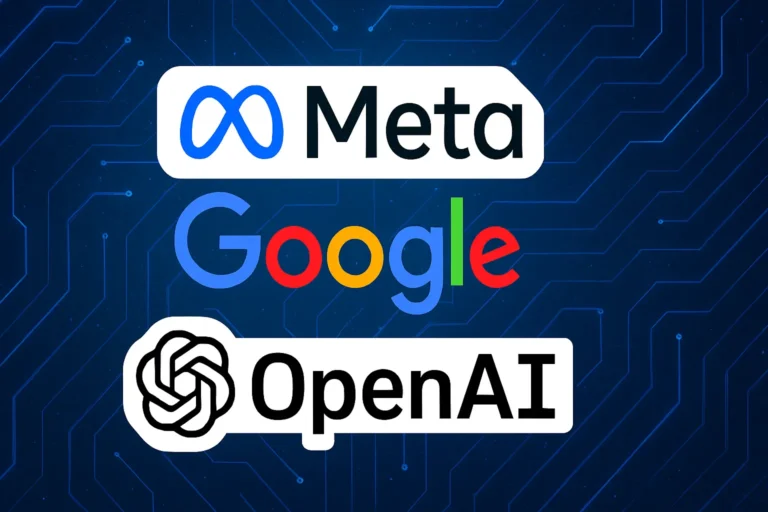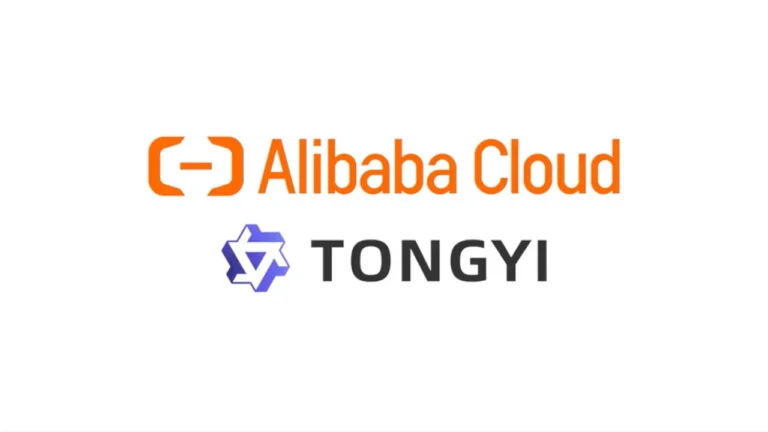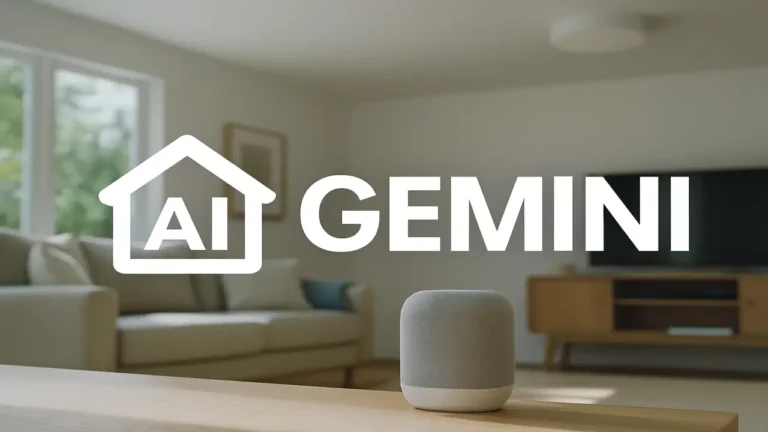AI and the Labor Market: Stability, Not Disruption, Defines the Early Impact
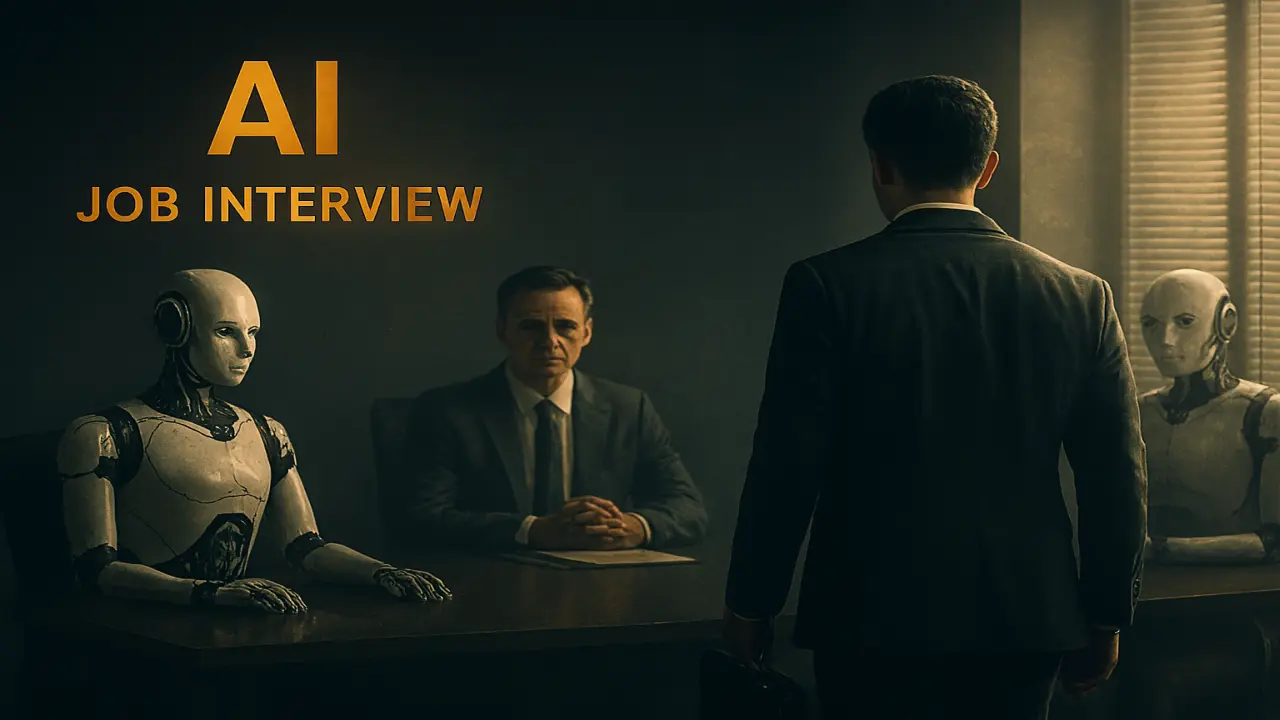
Since the release of ChatGPT in November 2022, the labor market has been under a microscope. Headlines have warned of mass job displacement, automation anxiety, and the erosion of cognitive labor. But a new report from Yale University’s Budget Lab, authored by economist Martha Gimbel, offers a sobering counterpoint: despite the hype, AI’s impact on employment has been modest, even negligible, at the macro level.
Drawing on 33 months of post-ChatGPT labor data, the report evaluates occupational shifts, industry-level changes, and AI exposure metrics. The conclusion? The labor market remains remarkably stable. This article breaks down the findings, contextualizes them against historical disruptions, and explores what they mean for the future of work.
The Central Questions
Yale’s analysis centers on two key questions:
- Has the pace of labor market change accelerated since the release of generative AI?
- Is there evidence of economy-wide employment effects attributable to AI?
To answer these, the Budget Lab compares occupational mix changes since November 2022 to past periods of technological disruption—namely the rise of personal computers (1984–1989), the internet boom (1996–2002), and a control period post-recession (2016–2019).
Occupational Mix: Measuring Change Over Time
The “occupational mix” refers to the distribution of workers across job categories. A shift in this mix can reflect job losses, gains, or transitions between roles. Yale’s dissimilarity index tracks how different the current mix is compared to a baseline month.
Key findings:
- Since ChatGPT’s release, the occupational mix has changed only slightly faster than during the internet boom.
- The change is roughly 1 percentage point higher than the 1996–2002 period—suggesting mild acceleration, but not dramatic disruption.
- Much of the shift predates ChatGPT, with trends already underway in 2021.
In short, while the mix is evolving, it’s not doing so in a way that clearly implicates AI as the primary driver.
Industry-Level Shifts: Where AI Exposure Is Highest
Certain industries—Information, Financial Activities, and Professional Services—have seen larger shifts in occupational mix. These sectors also rank highest in AI exposure.
However, Yale’s data shows:
- These shifts began before ChatGPT’s release.
- The Information sector, which includes media and data processing, has historically been volatile.
- No clear inflection point aligns with AI adoption.
This suggests that while AI may be influencing these sectors, it’s not the sole or even dominant factor driving change.
Early Career Workers: Canaries in the Coal Mine?
One area of potential concern is the impact on recent college graduates. A comparison between 20–24-year-olds and 25–34-year-olds shows a slight increase in occupational dissimilarity.
This could indicate:
- AI is affecting entry-level roles more rapidly.
- Younger workers are entering different job categories than their older peers.
However, the report cautions against overinterpretation. Sample sizes are small, and the trend may reflect broader labor market dynamics—such as slower hiring or shifting preferences—rather than AI-specific effects.
Exposure vs. Usage: Two Sides of the AI Risk Coin
To assess AI’s potential impact, Yale uses two metrics:
- Exposure (OpenAI): Theoretical measure of how much AI could automate tasks in a given occupation.
- Usage (Anthropic): Actual data on how often AI tools like Claude are used for specific tasks.
Findings:
- The share of workers in high-exposure occupations has remained stable since 2022.
- Usage data shows no clear upward trend in AI-driven task automation or augmentation.
- Even among unemployed workers, exposure and usage levels are flat.
This disconnect between exposure and usage highlights a key insight: just because a job could be automated doesn’t mean it is being automated.
Data Limitations: Why the Picture Is Still Incomplete
Yale acknowledges several limitations:
- OpenAI’s exposure data is theoretical and doesn’t reflect real-world adoption.
- Anthropic’s usage data is narrow, skewed toward coding and writing tasks.
- No comprehensive usage data exists across all AI platforms (e.g., Gemini, Copilot, ChatGPT).
Without broader, standardized data, it’s difficult to draw firm conclusions about AI’s labor market impact. The report calls for more transparency from AI companies, especially around enterprise usage.
Historical Context: Is This Time Different?
The report draws parallels to past technological shifts:
- Computers took nearly a decade to transform office workflows.
- The internet’s impact on jobs was gradual, not immediate.
- Automation fears have accompanied every major tech wave—from steam engines to spreadsheets.
So far, AI appears to be following a similar trajectory. While it may eventually reshape the labor market, the early data suggests a slow burn rather than a sudden shock.
Implications for Policymakers and Employers
For policymakers:
- Don’t overreact to short-term data.
- Focus on long-term workforce development and retraining.
- Push for better data transparency from AI firms.
For employers:
- Monitor AI adoption within your sector.
- Invest in upskilling and task augmentation.
- Avoid premature restructuring based on speculative disruption.
Stability Over Hype
The Yale Budget Lab’s report offers a rare dose of empirical clarity in a landscape dominated by speculation. While AI is undoubtedly powerful, its labor market impact—so far—is modest. The occupational mix is shifting, but not radically. High-exposure jobs aren’t disappearing. Usage remains concentrated in a few sectors.
This doesn’t mean disruption won’t come. But it does mean we have time—to prepare, to adapt, and to demand better data. As Martha Gimbel writes, “The picture of AI’s impact on the labor market that emerges from our data is one that largely reflects stability, not major disruption.”
Read more in our AI Reviews section
Enjoyed this post?
Subscribe to Evervolve weekly for curated startup signals.
Join Now →
